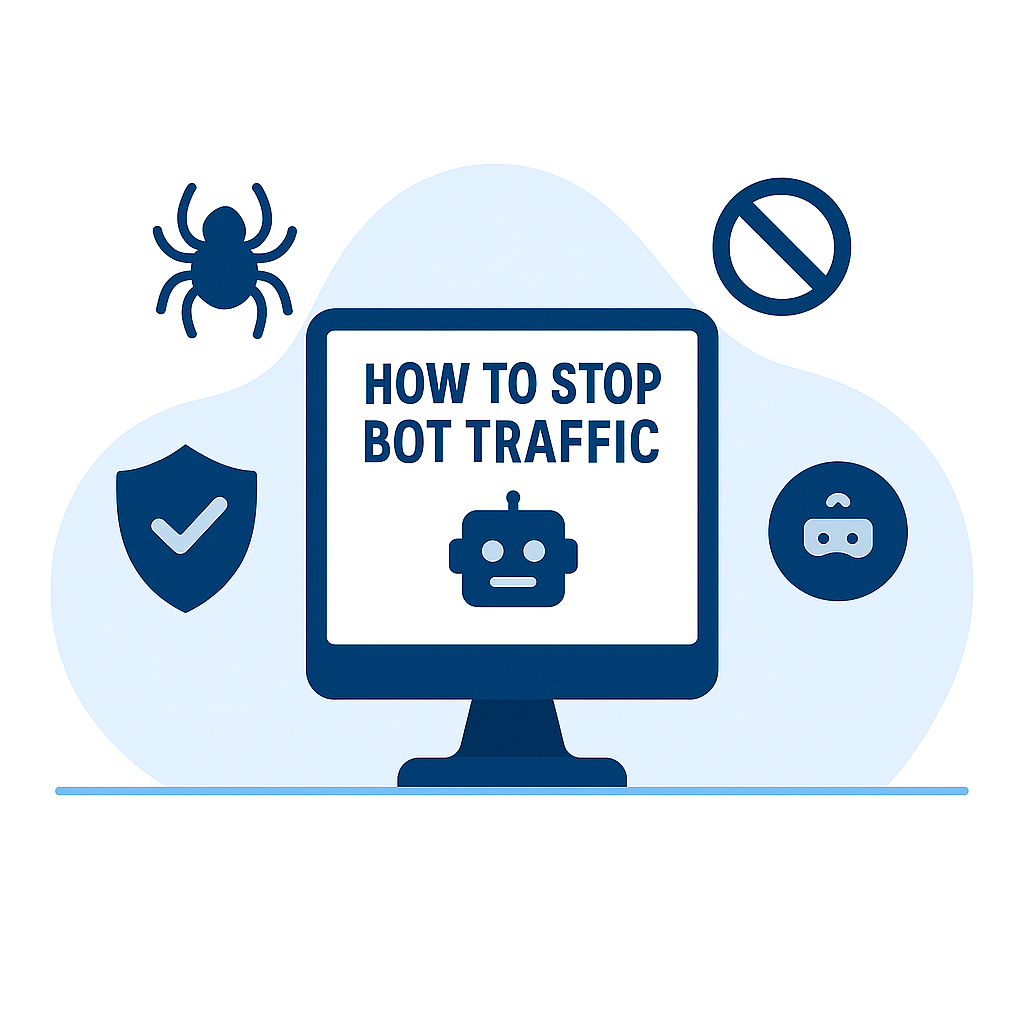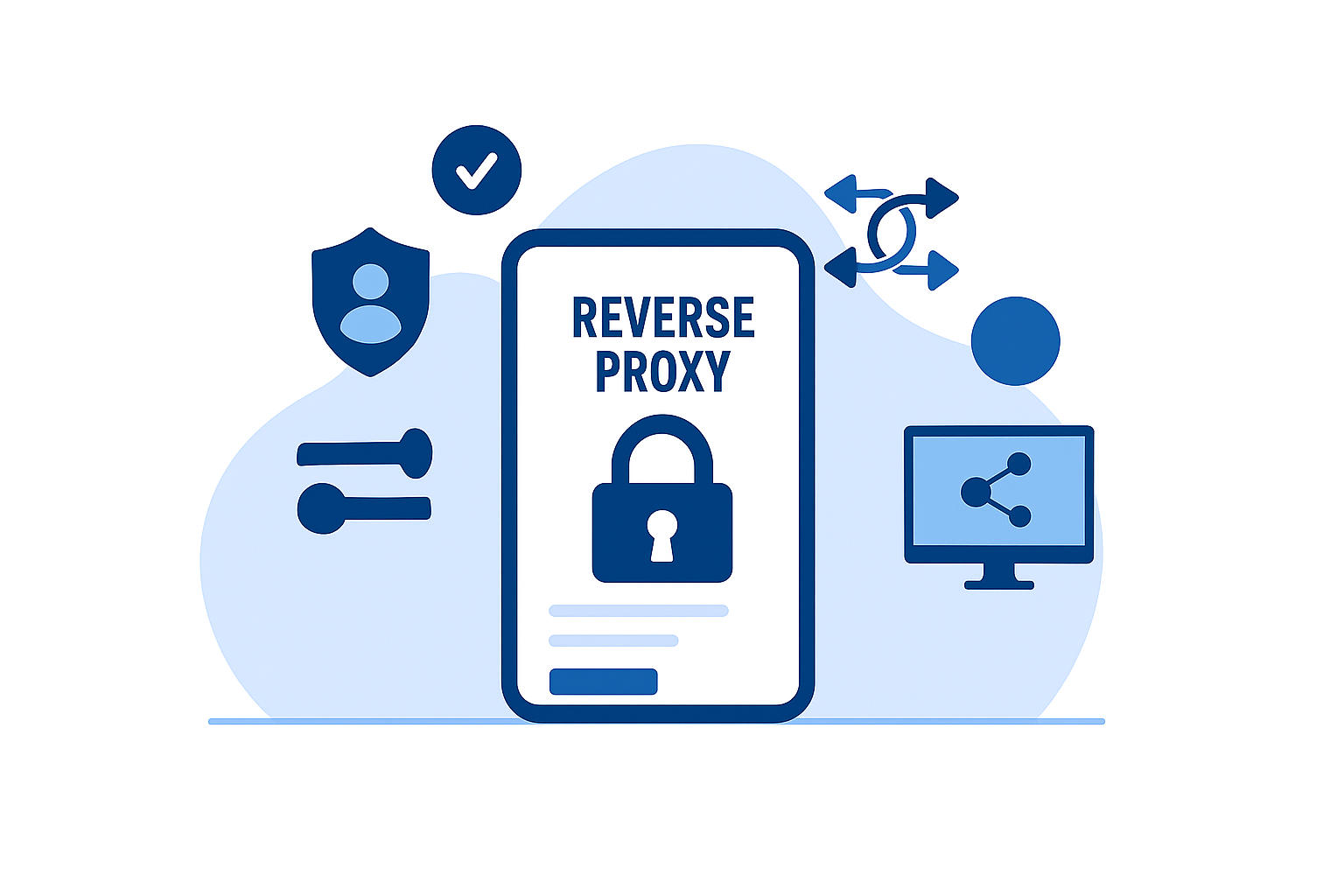Crawl Budget Optimization: How Does Speed Impact It?
Search engine crawlers have an important job: to discover and index pages in search results.
Crawl budget optimization is all about making their job easier.
Don't worry — it's not as hard as you think.
Here's everything you need to know about crawl budget optimization, the role of page performance, and what you should do to improve crawlability for your site.
What is Crawl Budget: A Definition
Crawl budget is the number of pages on a website that Googlebot crawls and indexes within a certain period of time. It is determined by two important factors: Google's crawl capacity limit and crawl demand.
With crawl budget optimization, the goal is to increase the number of pages that Google crawls every time it visits your website.
The question is, why does it matter?
This brings us to the next point…
Importance for SEO
We've established that crawling is an essential part of the indexation process, which in turn, puts the crawled pages in search engine results for relevant queries.
But, as big as Google is, they don't have unlimited resources.
The interval for crawling a website can be anywhere between a few days to several weeks. And although you can speed up re-indexation by submitting a sitemap or using the URL inspection tool, it may still take a while before Googlebots come crawling back.
This can be a problem for medium-large websites with upwards of 10,000 pages, especially if they're updated regularly.
Suppose Google only crawls around 2,500 pages every time it visits your website, but you actually have around 10,000 pages on your website. That means you have around 7,500 pages missing out on the benefits of SEO simply because Googlebot hasn't crawled them yet.
With crawl budget optimization, you can have more — if not all — of your pages crawled and indexed in a single period. It also ensures your high-priority pages get discovered, particularly landing pages designed to convert users into subscribers or paying customers.
Factors Affecting Crawl Budget
Now that you understand the importance of crawl budget optimization, you're just about ready to get some work done.
But in order to improve something, you need to drill down into how it works.
Here are the three main factors that affect Google's crawl budget on your website:
Site Size and Structure
The larger your website, the bigger crawl budget you need to get everything indexed.
On the bright side, Google will try to cover as much ground on your website as possible without requiring any action on your end. This process is guided by your website's perceived inventory of pages, which is factored in when calculating crawl demand.
Apart from your website's size, crawl demand can also be improved with an optimized website structure. This includes building a solid internal link structure that efficiently directs crawlers (and users) to relevant, high-quality content.
Server Performance & Site Speed
When it comes to Google's crawl capacity limit, server responsiveness is among the top things you should focus on.
Site responsiveness and speed signal Google that you have good "crawl health," which directly impacts crawl capacity limit.
Inversely, slow performance hurts the crawling efficiency of Googlebot on your website — negatively impacting crawl health. The same occurs if your pages return server errors or are loaded with resource-heavy assets (i.e., unoptimized JavaScript) that bottleneck the crawling process.
Content Quality
Everyone in the SEO community knows that Google is all about quality content.
The better and more popular your website, the more often Google crawls it for updates. At the same time, content that's been up and indexed for a while can sometimes be crawled more frequently to avoid staleness.
Just be mindful of duplicate or low-quality content — as well as pages under construction — since they can waste crawl budget. For large websites, elements like faceted navigation, query string parameters, and product variations can be particularly challenging for crawl budget optimization.
Optimizing Crawl Budget
With the crawl budget factors out of the way, it's time to talk about the tactics to improve them — starting with improving crawl health.
Enhancing Crawl Health
First and foremost, you need to focus on the biggest game-changer in crawl budget optimization.
By improving server response times and loading speed, you directly increase the number of crawled pages in one crawling period. This ultimately bolsters crawl health and increases Google's crawl capacity limit.
The good news is, Google made it easy to focus on performance metrics that matter with the Core Web Vitals:
- Largest Contentful Paint (LCP) — The amount of time it takes to render the page element that takes the largest screen real estate during the initial load. Google recommends shooting for an LCP of at most 2.5 seconds.
- Interaction to Next Paint (INP) — The longest time delay between user actions (e.g., clicks, taps, and keypresses) and a rendered browser response. This CWV metric has a recommended value of 200 milliseconds or less.
- Cumulative Layout Shift (CLS) — The overall rate of instability on a page due to elements suddenly moving or popping in. CLS is calculated using the distance and impact of shifting elements, with an ideal rating of less than 0.1.
You can use tools like PageSpeed Insights for a real-time analysis of your Core Web Vitals. Not only does it reveal all three key metrics (LCP, INP, and CLS), the tool also provides actionable recommendations to improve page performance.

To make sure crawlers discover and scan your pages efficiently, consider removing or disabling render-blocking resources. Some examples are excessively large media assets and unnecessary JavaScript.
Lastly, always put page quality and the user experience above all SEO initiatives.
Content quality, alongside healthy digital marketing practices, brings popularity — thus, propping up crawl demand for your website. This includes regularly updating and adding pieces of content that satisfy the needs of search engine users.
Managing Crawl Demand
Part of the crawl demand equation is the presence of duplicate, low-quality, and incomplete pages.
The bottom line is, you don't want Googlebot to crawl pages that will reflect badly on your website's rank-worthiness — much less have these pages compete for your site's crawl budget.
Fortunately, there are plenty of easy fixes to block specific URLs from being crawled.
For example, modifying the "robots.txt" file in your website's root directory to block crawlers from specific pages is a common practice. In simple terms, it is a document that contains instructions for search engine crawlers.
To prevent undesirable pages from being crawled, you need to use the "disallow" directive on their URLs.
Here's what it looks like:

If you don't have root access, an alternative is to use the "noindex" tag. This is added to the header section of the page using the following syntax:

If you're using a Content Management System (CMS) like WordPress, you can sidestep the technical stuff and use a plugin like Search Exclude. This plugin adds an "Exclude from Search Results" checkbox to your post's quick edit options.

As a hands-on website owner, you should already have a clear idea of which pages to block for crawl budget optimization. If, for some reason, you don't know where to start, here's a checklist of the types of pages you should consider adding to your block list:
- "Thank you" pages
- Login or signup pages
- Pages under development
- Archive pages
- User profile pages
- Category pages (if they're cannibalizing keywords from main landing pages)
Monitoring and Analyzing
Finally, nothing in SEO is ever meant to work on your first try.
Monitoring your results and adjusting appropriately is the only way forward. When it comes to crawl budget optimization, your top priorities include tracking your crawl budget and identifying existing crawl errors.
You don't need a premium SEO product or service for this. Just fire up Google Search Console, go to 'Settings,' and click 'Open' next to "Crawl stats."

At the top of the crawl stats report, you'll find the total crawl requests within the tracked timeframe. You can hover over the chart to view the number of daily crawl requests, giving you insight into your website's current crawl budget.

At the bottom of the report, you'll see a breakdown of crawl requests by response. This section will help you identify problematic pages or URLs that should be excluded in the crawling and indexation process (i.e., "not found" or 404 pages).

Go ahead and click a response type to reveal the individual pages that have that particular issue.

Just remember that some crawl errors, like 404s, point to other issues that can't be fixed simply by blocking crawlers.
For example, if you recently updated a page's URL for SEO purposes, you could be getting 404s due to backlinks that point to the previous URL.
In which case, you need to reclaim the link by communicating with the owners of the referring domains. This ensures you preserve the page's backlink profile and minimize losses in rankings.
Finally, don't forget to implement on-page SEO — like building a solid internal link structure and submitting a sitemap — to maximize the efficiency of crawlers.
How Nostra Can Help
If you're looking for an effective, turnkey solution to ramp up page performance and crawlability, check out Nostra AI's Edge Delivery Engine and crawler optimization service.
The Edge Delivery Engine substantially improves latency by utilizing servers within 50ms of the vast majority of internet users.
Our crawler optimization engine, on the other hand, ensures crawlers scan a version of your website without JavaScript and other types of bloat they can't read in the first place.
You can learn more by booking a demo here and seeing Nostra AI in action for yourself.
.svg)

.svg)
.svg)
.svg)

.svg)








